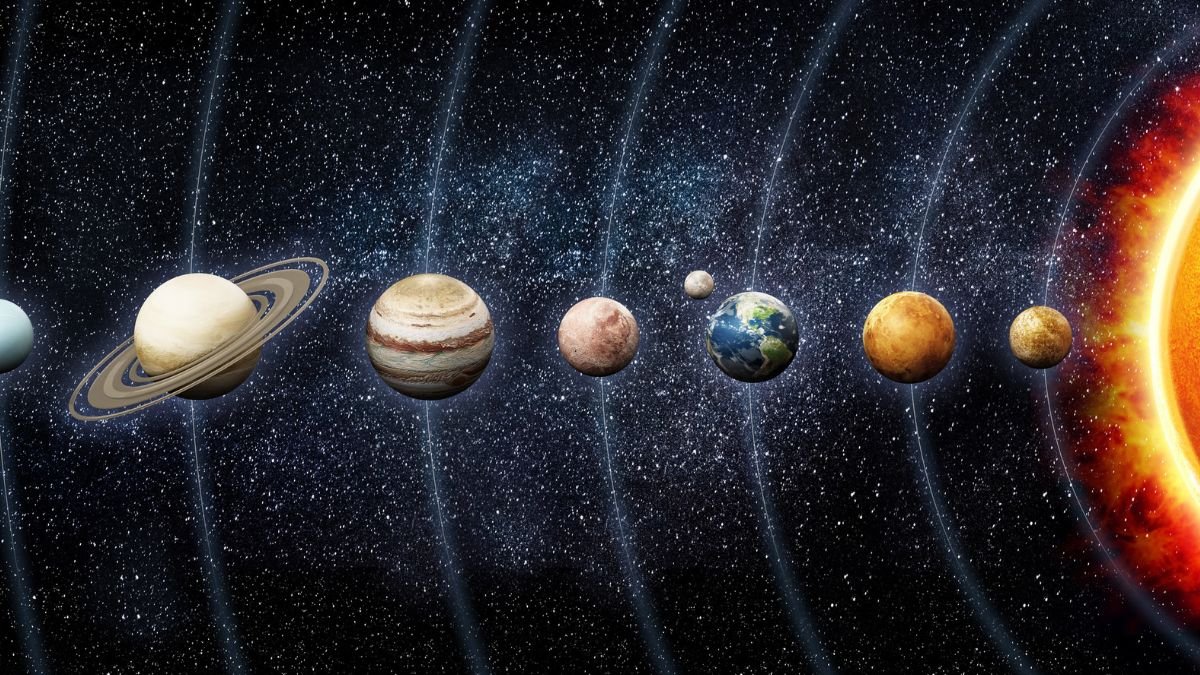Have you ever imagined the temperature being over 460°C on a sunny morning? If you are one of those who complain about coming out of the shower sweating on summer days, you may want to take a look. In the climate of other planets orbiting the Sun.
After all, in the vastness of the universe Each planet’s average temperature has a direct relationship to its surface, or lack thereof.. When it comes to the solar system, which consists of four rocky planets (Mercury, Venus, Earth and Mars), four gas giants (Jupiter, Saturn, Uranus and Neptune) and the dwarf planet Pluto, which also has a solid surface, we have extreme climates, whether hot or cold .
Check out the temperatures and climate characteristics of our star system!
The closer it is, the hotter it is?
This statement is not entirely true! Because Mercury is not the hottest planet in the Solar System. This small planet, about 57 million kilometers from the Sun, has large temperature variability.
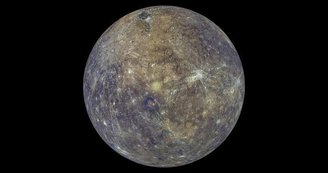
The surface temperature during the night is around 167 degrees Celsius. However, on sunny days the temperature reaches 430°C. This difference arises because Mercury does not have a dense atmosphere, meaning it does not retain heat.Just like it happens here on Earth with the greenhouse effect.
The ‘hottest’ of the Solar System: Venus
If Mercury isn’t the hottest, who else is? Obviously Earth’s evil twin: Venus!
The surface of Venus can reach an incredible 464°C! This planet, which is approximately 108 million kilometers away from the Sun, can maintain its temperature thanks to its atmospheric composition.

Home sweet home: World
Even if the things in the world aren’t the best, The surface temperature here is around 15°C on average.. You may be shocked! Obviously, our planet is very dynamic and has various variables, which means that the temperature is not the same everywhere.

To give you an idea, the coldest temperature ever recorded on Earth was -89.2°C at Vostok Station in Antarctica in 1983. The highest temperature was 56.7°C in California in 1913.
Another important factor to consider in this temperature change is the human contribution. Climate change has created huge changes in the climate and we have experienced it in the worst way.
Anthem
Mars is the fourth planet of the Solar System and is 228 million kilometers away from the Sun. It is the last of the rocky planets on the list and the last planet to record positive temperatures..
Here the temperature is also subject to large fluctuations between 20°C and -153°C. Mars also has a very unpleasant atmosphere that cannot retain heat.
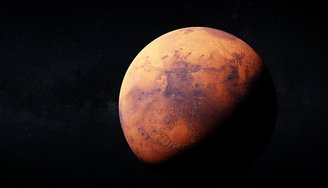
Jupiter
It takes 43 minutes for sunlight to reach Jupiter, the first of the gas giants. In this world full of stormy gases, The average surface temperature is -110°C.
Another curious thing is that it has the shortest rotation period in the Solar System. While a day on Earth lasts 24 hours, a day on Jupiter lasts only 10 hours. In comparison, one year on the planet is equivalent to 12 Earth years.
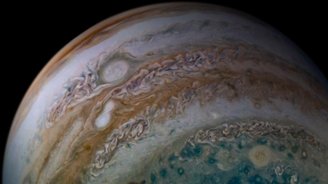
Saturn
1.4 billion kilometers away from the Sun, Saturn has pleasant temperatures of -140°C and storms that would make an F5 hurricane on Earth look like spring breezes.
Saturn is famous for its rings, but it also has other very interesting features, such as six jet streams in its atmosphere that form a hexagonal design on its surface.
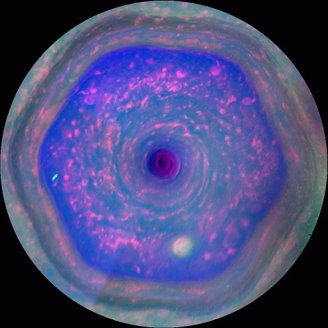
Also read:
Uranus
Uranus is the seventh planet in our system with a temperature of -195°C.. It also has rings like Saturn and has 27 moons in its orbit. Uranus is named after the Greek god of the sky because of its color.
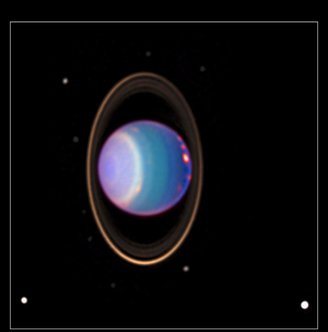
Neptune
Taking its name from the god of the seas, Neptune’s temperature is -200°C. Very pleasant for an afternoon walk outdoors.
Neptune, which was first visited by the Voyager 2 probe in 1989, is the last of the celestial bodies officially recognized as a planet in our Solar System. Yes, we still miss Pluto.
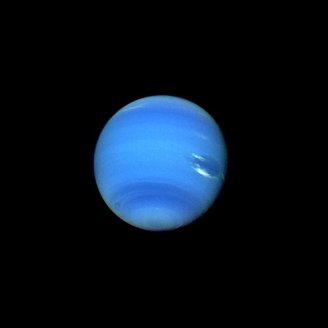
Pluto is forever in our hearts
Of course we’ll include him on the list, especially because of his own heart! A.Pluto’s temperature is -225°CIt is believed that there is liquid water underneath the entire frozen crust. It is the movement of this basin that makes Pluto’s heart beat.
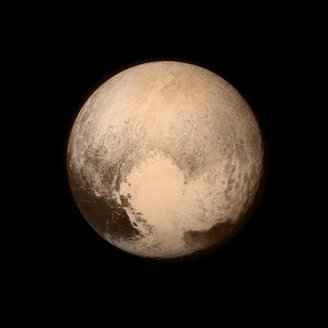
The king has arrived
We couldn’t stop talking about the Sun! The king star has very strange properties. The temperature of the solar core is approximately 15 million degrees Celsius.. This temperature decreases as it approaches the surface and reaches 5,500°C.

However, its corona in the outer atmosphere reaches 2 million degrees Celsius! It’s like you touched an incandescent light bulb and it’s cold and everything around you is on fire.
After finding out what happened Temperature on other planets in the Solar SystemWe might think that Earth’s climate is very pleasant, right?
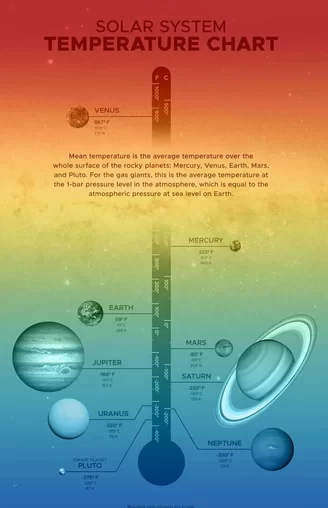
So, do you like knowing the temperatures of other stars in our system? Later. Take the opportunity to discover what sunsets are like on other planets, and stay tuned to TecMundo for more science-related content!
Source: Tec Mundo
I’m Blaine Morgan, an experienced journalist and writer with over 8 years of experience in the tech industry. My expertise lies in writing about technology news and trends, covering everything from cutting-edge gadgets to emerging software developments. I’ve written for several leading publications including Gadget Onus where I am an author.






